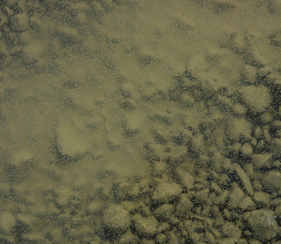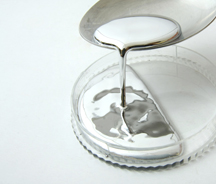When researchers began analyzing fish off of the coasts of Hawaii for mercury contamination, they discovered an alarming trend. In a study published in the journal, Environmental Toxicology & Chemistry, researchers found that levels of mercury are rising at roughly 4 percent per year in commercially captured fish, particularly tuna. The data suggests that the mercury levels are rising because of human activity, and at this current rate, mercury concentrations off the coast of the North Pacific could double by 2050.
In a statement, the lead author of the study, Paul Drevnick, from the University of Michigan Biological Station and School of Natural Resources and Environment, said, “The take-home message is that mercury in tuna appears to be increasing in lock-step with data and model predictions for mercury concentrations in water in the North Pacific.”
Read More
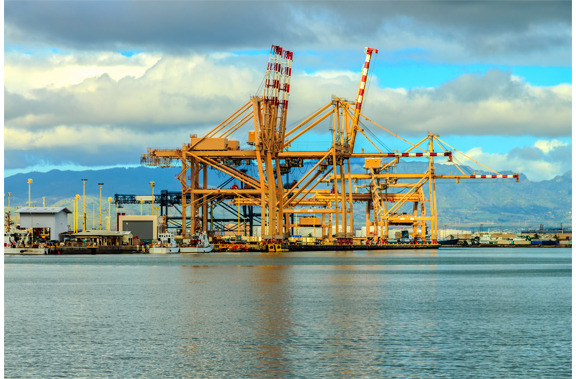
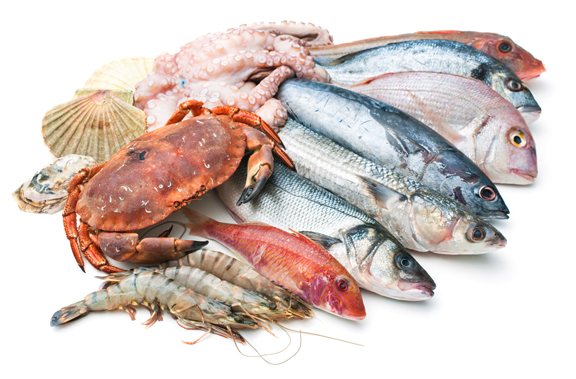

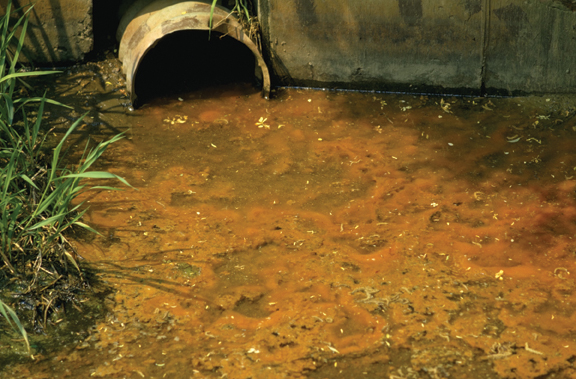
 In 1981 John R. Leeman and Karl Hildebrand founded Leeman Labs to produce analytical instrumentation based on the promise of Inductively Coupled Plasma-Atomic Emission Spectroscopy (ICP-AES) [also referred to as Inductively Coupled Plasma-Optical Emission Spectroscopy (ICP-OES)] to identify and quantify the concentration of elements within a sample.
In 1981 John R. Leeman and Karl Hildebrand founded Leeman Labs to produce analytical instrumentation based on the promise of Inductively Coupled Plasma-Atomic Emission Spectroscopy (ICP-AES) [also referred to as Inductively Coupled Plasma-Optical Emission Spectroscopy (ICP-OES)] to identify and quantify the concentration of elements within a sample. This initial success established Leeman Labs as both an innovator and an expert in ICP-OES and lead the company to endeavor into other realms of atomic spectroscopy adding the DC Arc technique and Mercury Analysis to its line of analytical instrumentation. In 2004 Leeman Labs was acquired by Teledyne technologies to augment Teledyne's existing laboratory and continuous monitoring instruments used in environmental applications, and complement Teledyne Tekmar's organic analysis instrumentation.
This initial success established Leeman Labs as both an innovator and an expert in ICP-OES and lead the company to endeavor into other realms of atomic spectroscopy adding the DC Arc technique and Mercury Analysis to its line of analytical instrumentation. In 2004 Leeman Labs was acquired by Teledyne technologies to augment Teledyne's existing laboratory and continuous monitoring instruments used in environmental applications, and complement Teledyne Tekmar's organic analysis instrumentation.